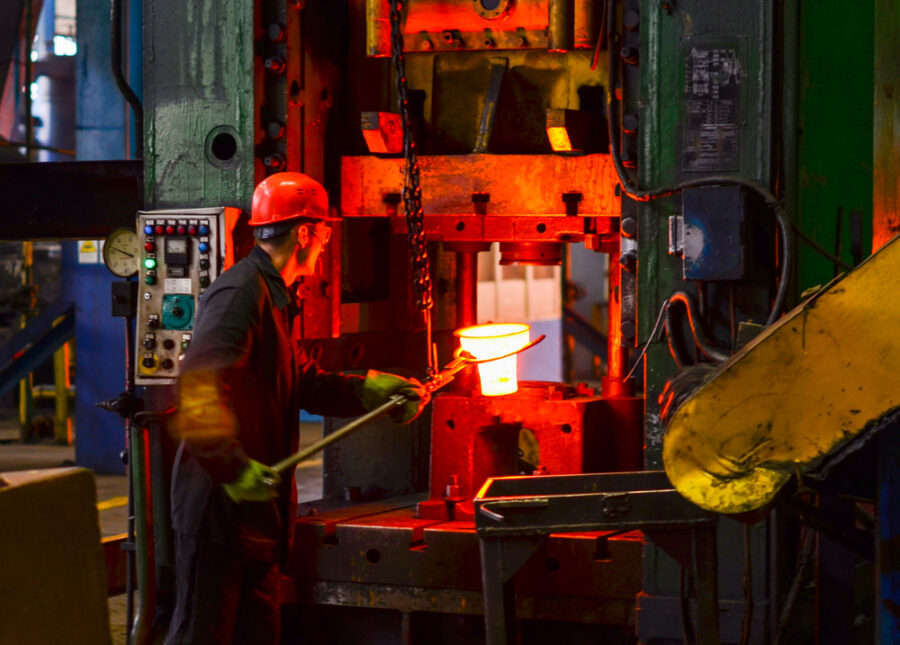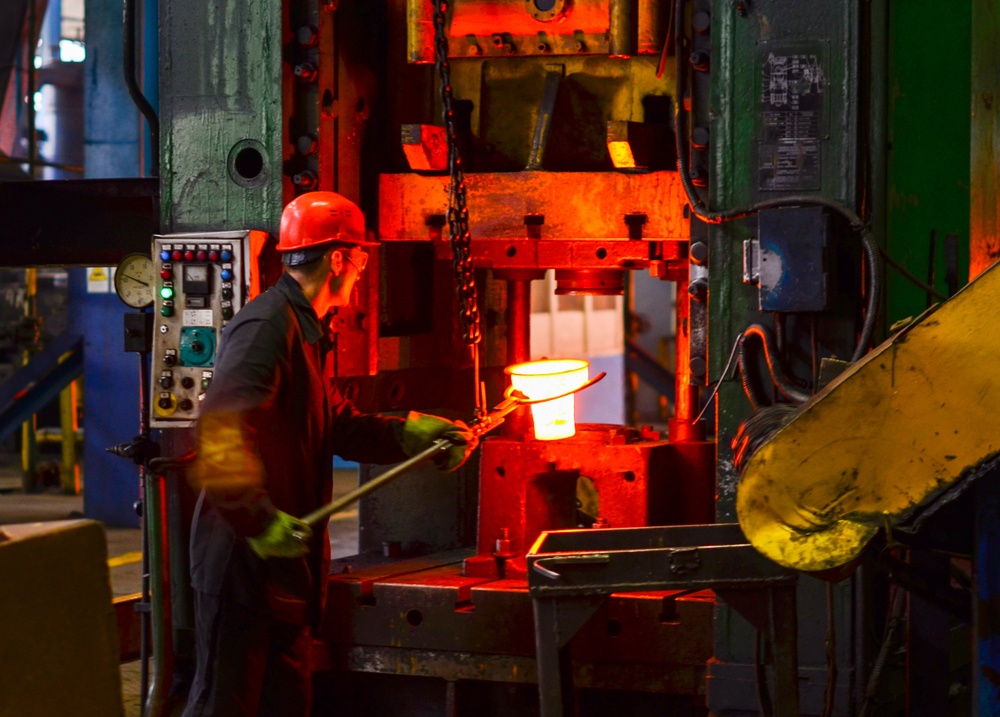
What is the Difference Between the Casting and Forging Process?
On the surface, the casting process and the forging process may seem very similar. Both involve the use of red-hot metal, and both are industrial processes that require a lot of energy to complete, but there are some fundamental differences that you should know about. These differences are especially important when selecting the right ASME pressure vessel components manufacturer.

The Casting Process
Casting is a manufacturing process that superheats metal until it transforms into a liquid state and then can be poured into a mold of the desired size and shape of the object. Once the object cools and solidifies, it is then “broken out” of the mold. The casting process is used for complex shapes that work better in one solid part, as opposed to joining several parts to create the final shape.
Some of the benefits of the casting process include:
- The ability to use a wider variety of alloys.
- Tooling for casting is less expensive than tooling for forging.
- Complex shapes can easily be managed through casting.
The Forging Process
Forging is a process that involves superheating a solid slab or ingot of metal until it becomes somewhat malleable and then pounding it into the desired shape. There are also processes such as cold forging which may squeeze, bend, draw or shear the metal into desired shape, but does so at ambient room temperature. This is not typically used for iron or steel.
Some of the benefits of the forging process includes:
- The tight metal grain structure makes it very strong and wear resistant.
- The forging process itself makes the metal strong so it doesn’t require complex alloys to enhance its strength.
- Forged parts are more resistant to impact and shearing.
Why Forging Is the Best Process for ASME Pressure Vessel Components
The answer is built right into the name itself. ASME pressure vessel components are typically under a tremendous amount of pressure and they must be strong to resist that pressure. For this reason, components fabricated using the forging process are preferable to those using the casting process in most cases.
FCI’s Forging Capabilities Make Us the Premier Forged ASME Pressure Vessel Components Manufacturer
Forged Components has comprehensive forging and machining facilities that are equipped with 500-ton, 1,750-ton, 2,000-ton, and 3,000-ton open-die hydraulic forge presses; and a 14,000-pound open-die hammer. FCI can produce open-die and semi-closed die-forged shapes weighing from 5 to 50,000 pounds. Forged Components is the premier provider of industrial forged flanges and nozzles for the oil, gas, and petrochemical industries. For more information, call us at (281) 441-4088 or contact us online to get a quote today.
